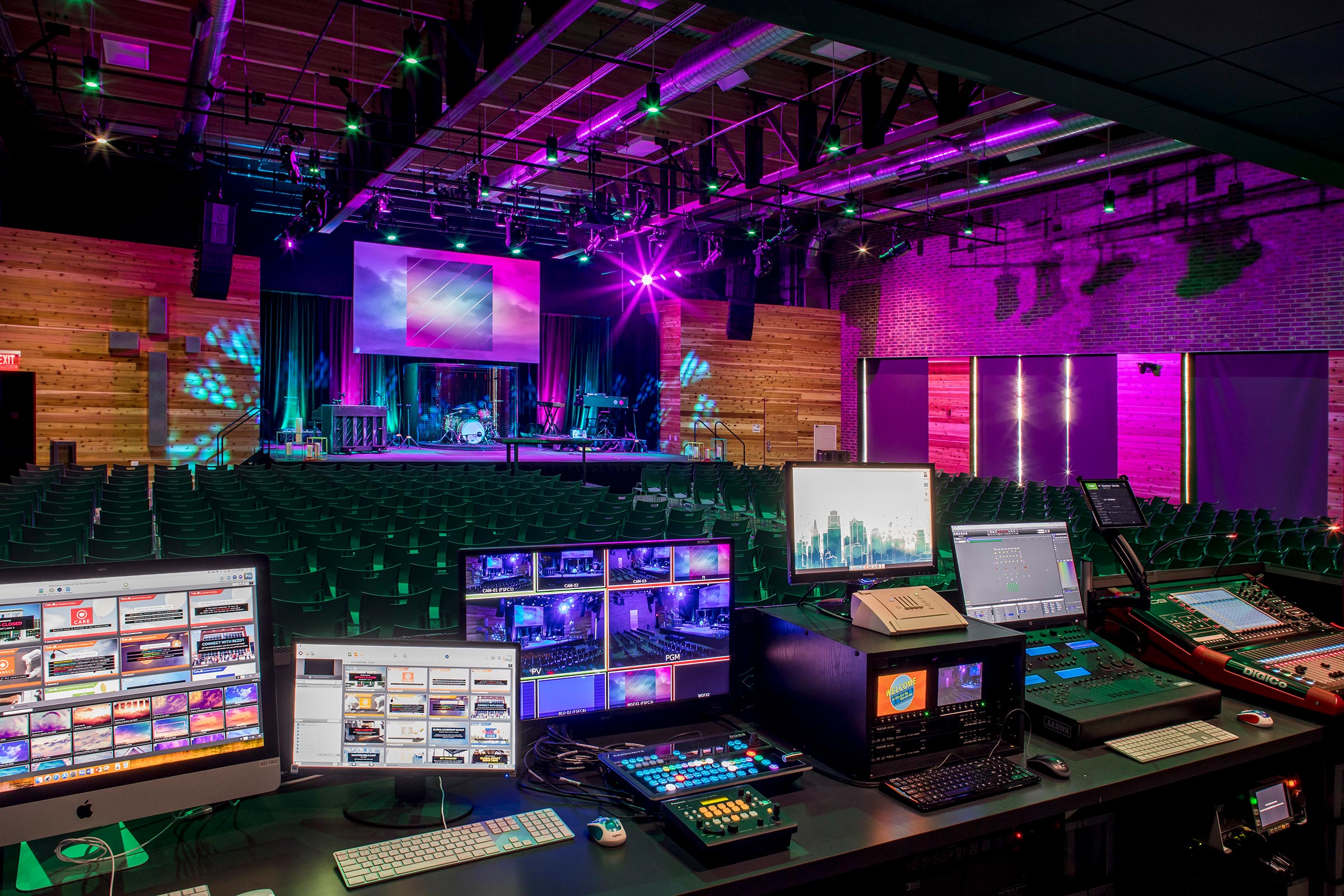Transforming Interaction Via the Effortless Integration of Virtual Experiences and Face-to-Face Interactions in Hybrid Events
Transforming Interaction Via the Effortless Integration of Virtual Experiences and Face-to-Face Interactions in Hybrid Events
Blog Article
Blended events are growing increasingly popular as they merge the best elements of both physical and virtual encounters. This creative approach allows attendees to engage with material and each other in manner that were not possible previously. By integrating virtual technology into these events, planners can create immersive encounters that boost involvement and interaction. This seamless blend of virtual and physical elements can lead to more significant connections among participants, whether they are present in person or participating virtually.
One of the primary advantages of using virtual reality in hybrid gatherings is the ability to create a common space for all participants. In a conventional setting, physical participants might have access to specific activities or opportunities that virtual participants cannot experience. However, with VR, everyone can navigate the same virtual environment, regardless of their location. This innovation allows for interactive displays, virtual connecting opportunities, and even game-like encounters that can captivate viewers. As a result, attendees feel more involved and engaged, leading to a more fulfilling overall encounter.
Moreover, virtual reality can help overcome barriers that staging for community theater often occur in hybrid events. For example, remote attendees may feel disconnected or disengaged from the central gathering. By integrating virtual reality, planners can create a sense of involvement that makes remote attendees feel as if they are part of the event. This can be achieved through features like digital representations, which allow participants to connect with one another in live. Such interactions can foster cooperation and networking, making it easier for individuals to connect and exchange thoughts, regardless of their geographical position.
In addition to enhancing engagement, the use of virtual reality in hybrid events can also provide valuable data and insights for organizers. By tracking participant interactions and behaviors within the virtual environment, event planners can gather data on what elements of the gathering were most captivating. This information can be used to enhance upcoming gatherings, ensuring that they meet the requirements and wants of participants. Grasping how attendees engage with both the digital and in-person elements can lead to more efficient gathering approaches and improved overall experiences.
Finally, the combination of virtual reality and in-person engagements in blended gatherings represents a major change in how we approach gatherings and conferences. As technology continues to evolve, the potential for creating engaging and dynamic encounters will only grow. By embracing this new model, event planners can transform the way individuals engage, educate, and work together. The future of hybrid events is bright, and the seamless integration of VR technology will play a key role in shaping that future.